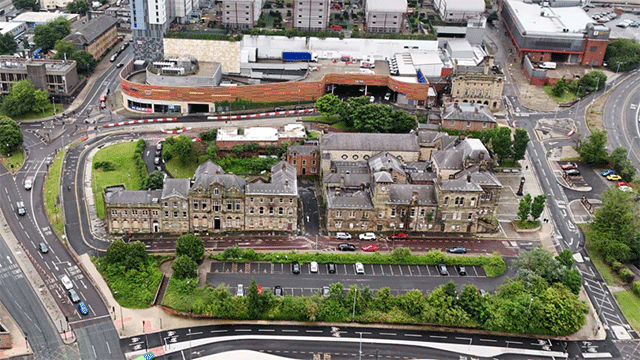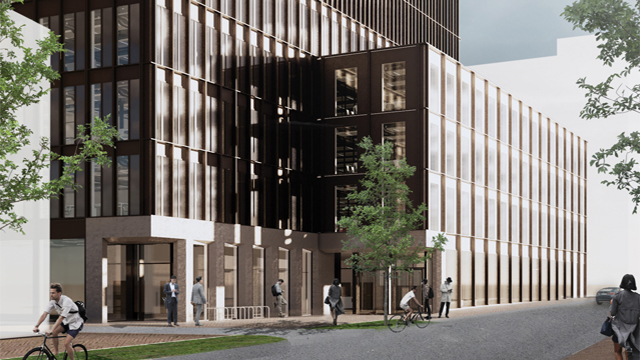The implications of an expected rise in sea levels over the next 50 years are to be discussed at a conference in The Netherlands next month. Andrew Stobart, who is attending the conference, wants to hear from anyone interested in this topic so that the property aspects can be raised.
Rises in sea level could be within the lifespan of existing buildings and within the time-scale of present leases. Property values could be affected, Mr Stobart points out.
Up until now it has been assumed that past climatic data are reliable guides to the future. This is now no longer the case, since the increasing concentrations of “greenhouse” gases (notably carbon dioxide, nitrous oxide, methane, ozone and chloro-fluorocarbons) are expected to cause a significant warming of the global climate. Climate change and sea level rises owing to greenhouse gases are closely linked with other major environmental issues such as acid rain and threats to the Earth’s ozone shield, mostly because of changes in the composition of the atmosphere by man’s activities.
Scientists believe that, if present trends continue, the combined concentrations of atmospheric CO2 and other greenhouse gases would be radiatively equivalent to a doubling of CO2, from pre-industrial levels to possibly as early as the 2030s.
Estimates of the increase of the global mean equilibrium surface temperature for a doubling of the atmospheric CO2 concentration vary between 1.5 deg C and 4.5 deg C. Increases within these ranges would lead to a sea level rise of between 20 and 140 centimetres.
A sea level rise in the upper portion of this range would have a major direct effect on coastal areas and estuaries. A significant melting of the West Antarctic ice sheet leading to a much larger rise in sea level, although possible at some future date, is now not expected during the next century.
(*) A F Stobart, BSc, C Eng, Walnut Cottage, Great Ouseburn, York YO5 9RG.










